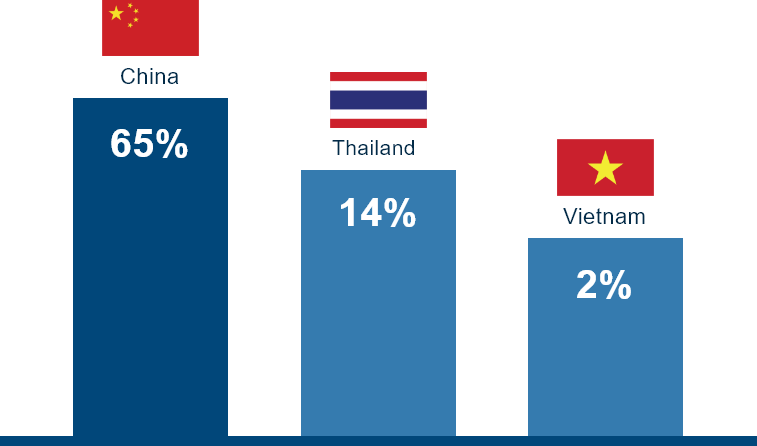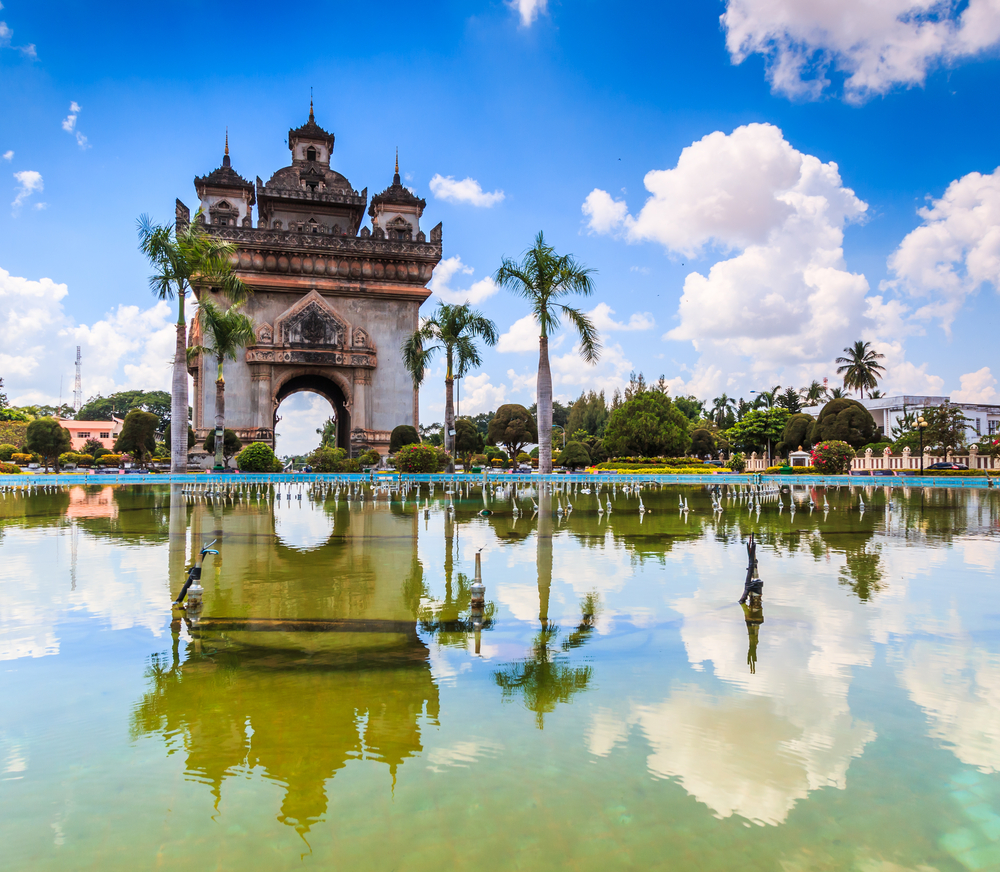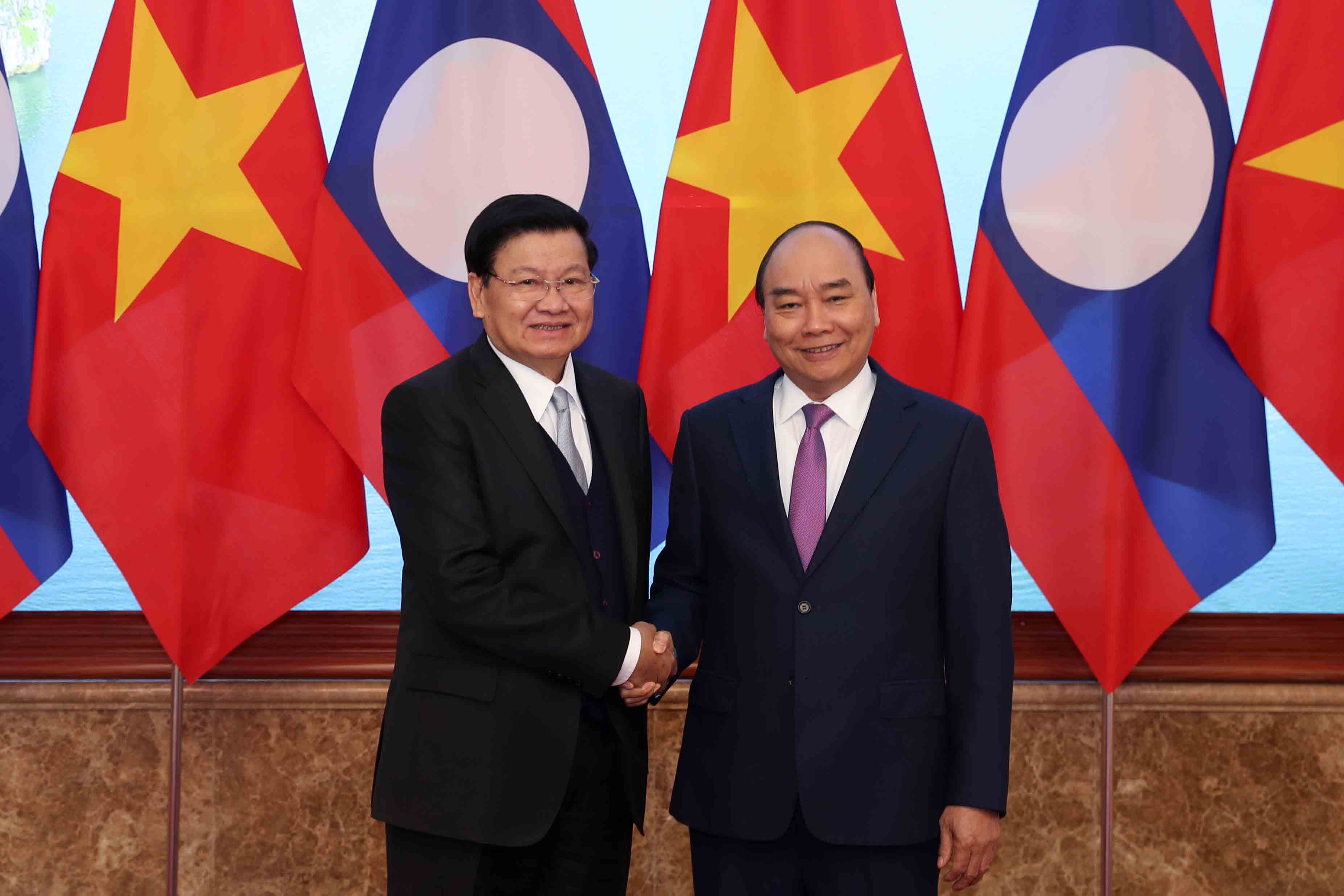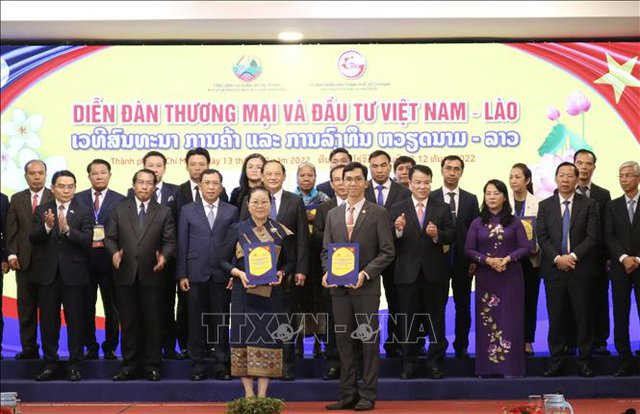WHY INVEST IN LAOS
The Lao PDR Economy Continues To Be Experience Dynamic Growth And Resilience To Withstand Global Pressures, Largely Due To The Following Factors:
01.
Strong governance and transparency framework with enhanced sectorial cooperation
02.
Business-friendly policies and thriving ecosystems that have opened up opportunities for foreign and local investors
03.
Large infrastructure investments
04.
Efficient management of natural resources
ABOUT LAOS
Lao PDR is poised to boost competitiveness and emerge as a key economy in Southeast Asia, and transforming itself into one of the most dynamic countries in the region, offering diverse business opportunities to both domestic and foreign investors. becoming the preferred gateway to Asean markets
Land Area
236,800 km2
Capital
Vientiane Capital
Population
7,013 Millions (2018)
Labor Force
2.9 Millions
Religion
Buddhism
Literacy
85%
Language
Lao
Per Capita Income
2.599 US$ (2018)
Currency
Kip
GDP Growth
6.29 % (2018)
DRIVING A DYNAMIC AND RESILIENT ECONOMY
Lao PDR continues to demonstrate resilient, sustainable and inclusive economic growth, bucking the global downturn and is well on its way towards graduating from Least Developed Country status by 2024. Backed by outstanding progress in the last 20 years, Lao PDR is in prime position to emerge as an economic and strategic investment gateway to the ASEAN market, largely due to the 8th National Socio-Economic Development Plan (NSEDP) 2016-2020 guiding policy priorities across government to achieve the country’s economic and development transformation targets.
With a GDP that has more than doubled since 2010 and projected growth to reach US$27 billion by 2022, Lao PDR is fast cementing its position as one of the fastest growing economies in this part of the world, leveraging on its strategic position as a prime spot for cross-border investments and exports to neighboring countries.


Regional Integration
Poised to emerge as a key economy in the region, Lao PDR is on track to transform itself into one of the most dynamic countries in Southeast Asia, offering diverse business opportunities to both domestic and foreign investors alike. Bordering key markets – Thailand, China, Vietnam, Cambodia and Myanmar – this land-linked country is at the heart of ASE AN, with strong bilateral trade and investment ties with key economies in the region and beyond, leveraging on the establishment of the ASEAN Economic Committee (AEC), as well as ASEAN’s trade and investment partners.
Aside from being a member of the World Trade Organization (WTO) since 2013, it also has:
– unilateral trade agreements with 39 nations,
– bilateral investment treaties with 28 nations, and
– General Special Preferences (GSP) privileges with 42 countries.
I. AT THE HEART OF REGIONAL INTEGRATION
Lao PDR is at the heart of ASEAN, one of the most dynamic regions in the world. It has strong bilateral trade and investment ties with key economies in the region and beyond, leveraging on the establishment of the ASEAN Economic Committee (AEC), as well as ASEAN’s trade and investment partners. China: 65% of total FDI inflows in 2016; second largest trade partner, Thailand: 14% of FDI in 2016; largest trade partner, Vietnam: 2% of FDI in 2016; third largest trade partner
Lao PDR has the strategic geographic advantage of being land-linked, bordering key ASEAN markets including Thailand, Vietnam, Cambodia, and Myanmar. It also borders China in the north and is a key node in the One Belt, One Road Initiative.
To date, Lao PDR has bilateral investment treaties with 27 countries and has been a member of the World Trade Organisation (WTO) since 2013.

II. A DYNAMIC AND RESILIENT ECONOMY
Lao PDR is a dynamic economy, with GDP averaging between 7.8 and 8% in the last 10 years. Its resilience and increasing competitive environment have created attractive investing opportunities. Sound planning underpins Lao PDR’s economic growth. Short, medium and long-term planning are key elements of this, with the 8th National Socio-Economic Development Plan (NSEDP) 2016-2020 guiding policy priorities across government in line with the country’s economic and development transformation targets. As a result of its effective reform agenda, the International Monetary Fund (IMF) signalled its confidence in the Lao economy by projecting 6.8% real GDP growth for 2018, the second highest in Southeast Asia (after Myanmar and Cambodia with 6.9%).

Meanwhile, diversification is supported by investment flows into various sectors and contributions to GDP are becoming increasingly service-driven. Between 1988 to 2018, Lao PDR continued to see FDIs focused around the energy sector (30%), mining (22%), construction (11%), agriculture (10%) and services (9%). However, as of 2016, non-resource-based industries accounted for substantial shares of investment such as include services (11%), handicrafts (8%), hotel & restaurant (4%), construction (4%), banking and trading (3%), and telecommunications (3%). Additionally, in 2016, the services sector contributed 38.9% of GDP, outpacing the growth of industry at 28.8% and agriculture at 23.3%.
The government is leveraging on the country’s 12 Special Economic Zones (SEZs). Some including the Savan Seno SEZ have shown great success in promoting EODB, including services for start-up, aftercare, logistics and linkage with key neighbouring markets promoting value chain advancement and backward linkages to the local economy.
News Source: investlaos.gov.la


